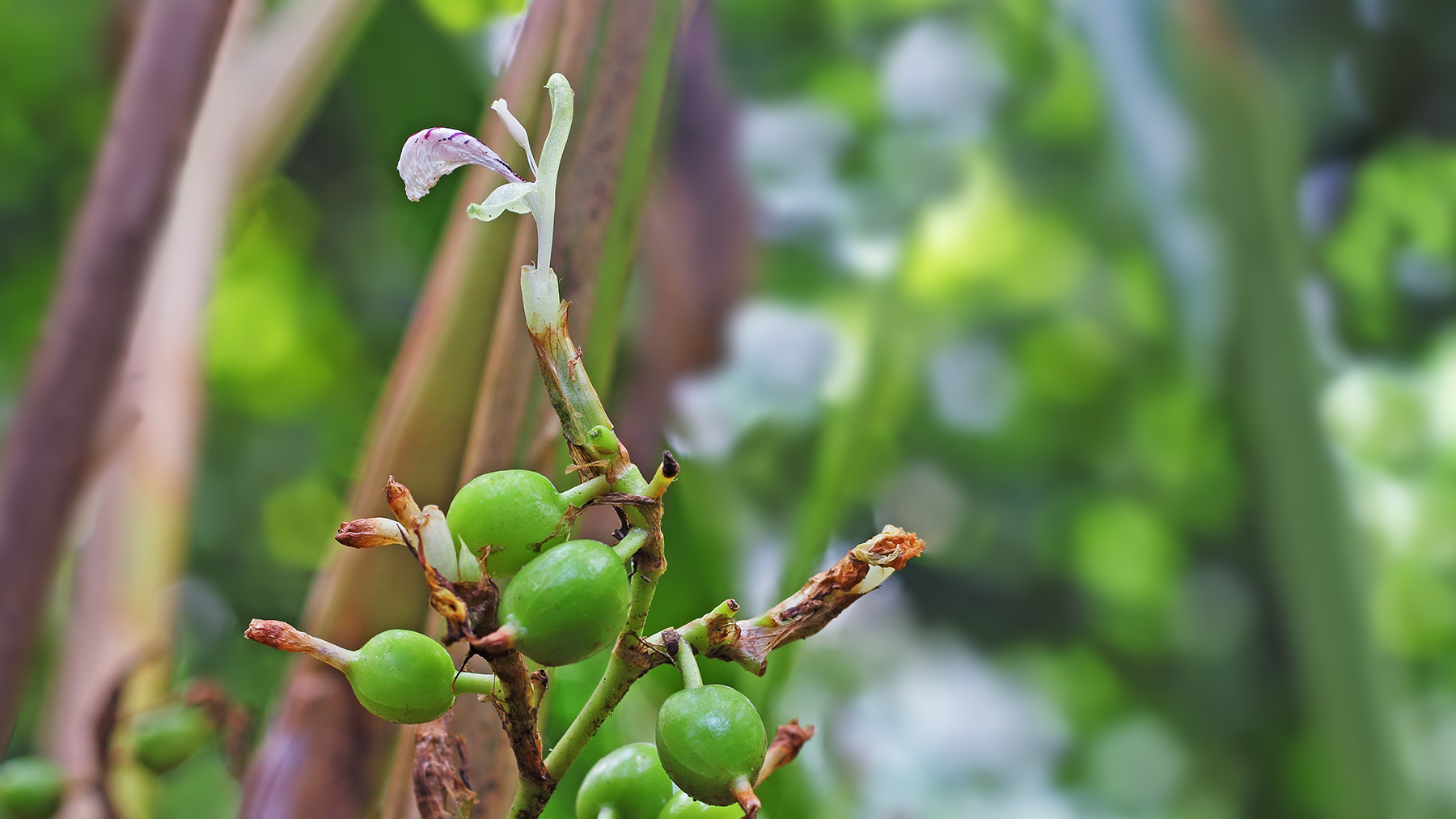
Here at CRANBOURN®, we are constantly inspired by different plants, flowers, herbs and spices around the globe. Each botanical possesses different properties, histories and cultural uses, making them a source of endless fascination for us and our perfumery team.
In our Botanical Spotlight series, we will delve into the scientific, cultural and olfactory roots of the key botanicals from our fragrance collections.
A beautiful and distinctive tree, pine is part of the family Pinaceae, genus Pinus and species P. sylvestris.




























